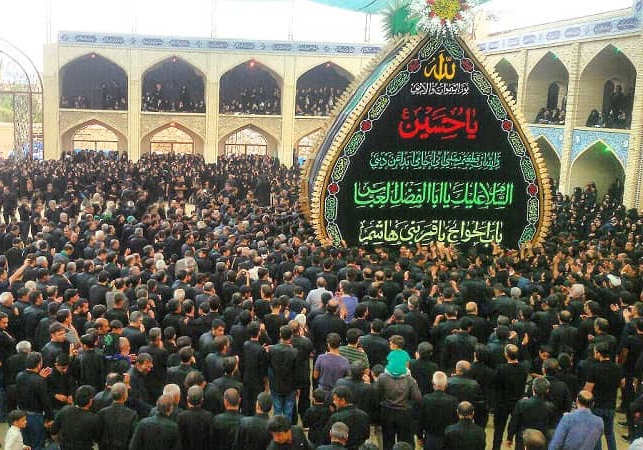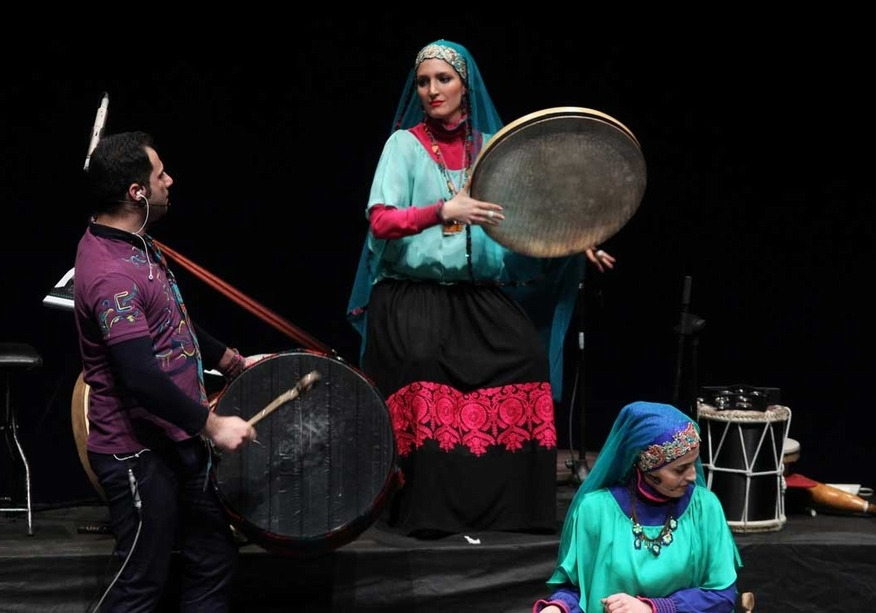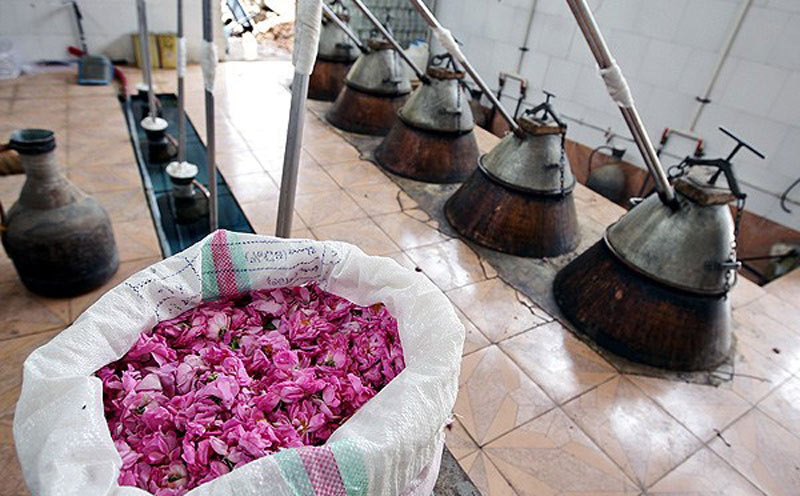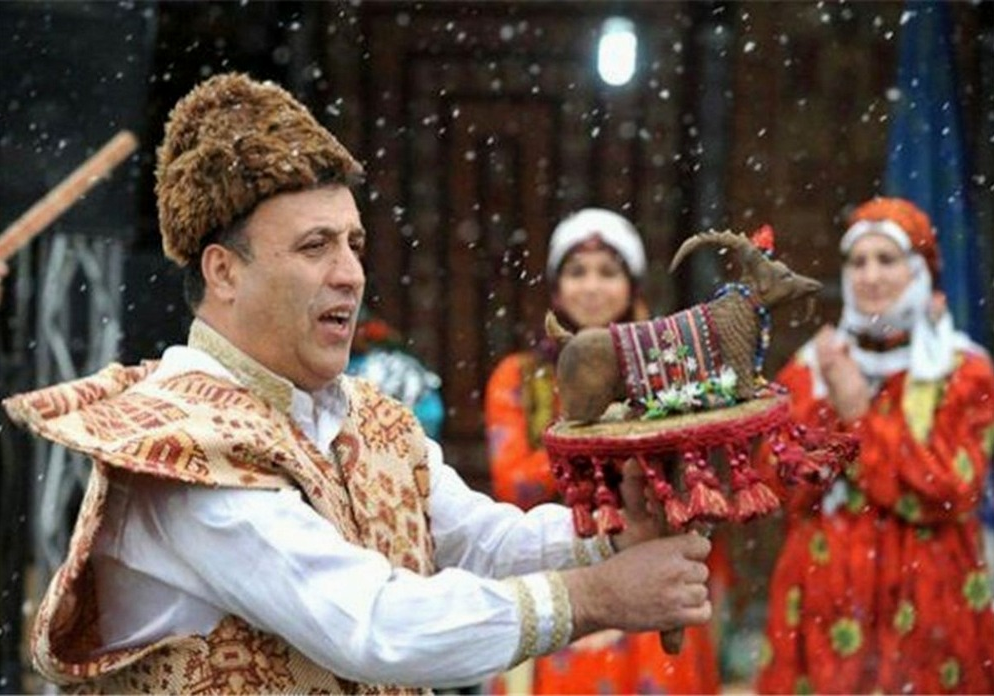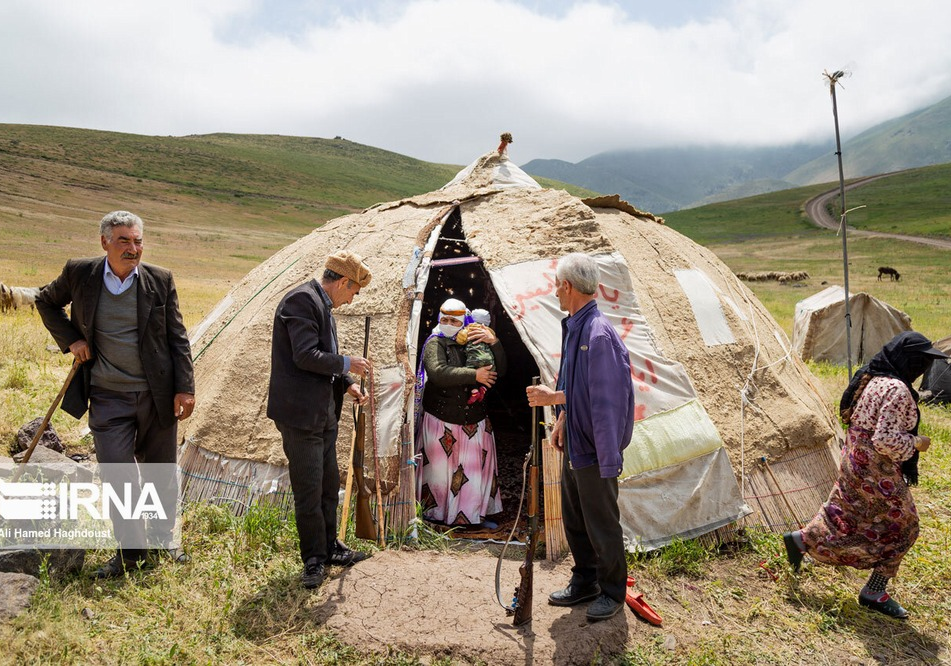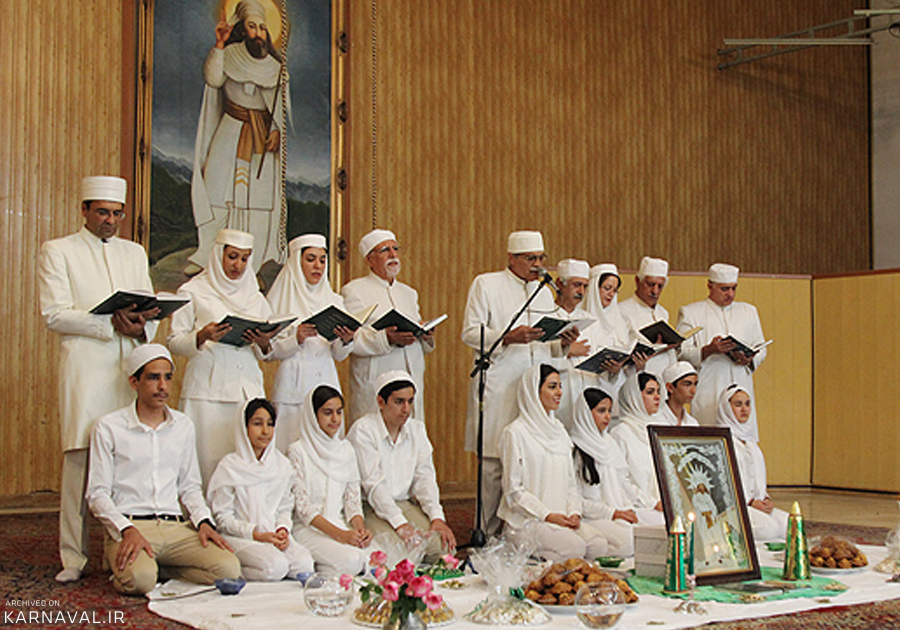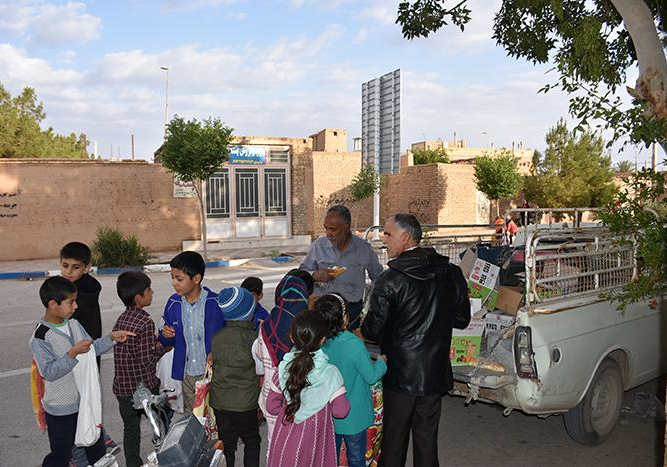
Heydar Babayeh Salaam
Iran is the birthplace of such great poets as Rumi, Hafez, Sa’di, Ferdowsi, Nezami, Khayyam, etc. whose works have been translated into different languages and have fascinated many famous literary figures of the world. However, the glory of Persian literature has not been confined to the past centuries and contemporary Iranian poets have also created very valuable and famous works. The poem “Heydar Babayeh Salaam” which is also known as Heydar Baba” for short, is one of these contemporary works that has gained a lot of fame and is unique in its gentleness and elegance of words. The importance of this work was so great that it was inscribed on the list of Iran’s intangible cultural national heritage in the year 2011.
Who was Shahriyar?
Mohammad Hossein Bahjat Tabrizi, who used the nickname “Shahriyar” in his poems, was a contemporary Iranian poet who was born in Tabriz in 1906 AD, at the same time of the struggle of the Iranian people against the tyranny of the Qajar government. According to Shahriyar, he started writing poetry when he was seven years old and the way he spoke to his friends was quite rhythmic.
After completing his high school studies, Shahriyar got admitted to a medical school, but an unfulfilled love ignited a poetic fire in him and made him more spiritual. Shahriyar’s Persian poems are sweet and full of romantic themes, but the peak of his performance is in his poems composed in Azari Turkish. Among these poems, Heydar Babayeh Salaam is considered a unique work that gave Shahriyar indescribable fame after its publication.
About Heydar Babayeh Salaam
Shahriyar composed and published Heydar Babayeh in 1952 AD, the same year his mother “Kokab Khanom” passed away. It is said that when Shahryiar got famous for his Persian poems, his mother who did not understand the Persian language well, asked her son to compose poems that she could understand... and this was the starting point of Heydar Babayeh poem.
Heydar Babayeh Babayeh Salaam, which comprises 125 verses, is very popular in Turkish-speaking countries. This poem has been translated into many languages. In addition, significant studies, some of which were in the form of doctoral theses, have been conducted to examine different aspects of this poem.
A Glance at the Content of Heydar Babayeh Salaam
This long poem takes a fresh look at nature and the way it has been described can evoke the silence of the night side by side with the noise of springs in the mind of the reader. According to some experts, the linguistic details used in composing this poem make it untranslatable and this is why the Azari-speaking people honor this poem to such an extent and consider it their intangible cultural heritage.
From its beginning to the end, Heydar Babayeh maintains a close connection with the culture of the people of Azarbaijan. Although Shahriyar addresses “Heyder Baba” throughout his poem, however, the reader understands very well that he does not, in fact, address one particular person, and rather the entire humanity is the addressee of this poem.
In this poem, Shahiryar mentions different characters, such as “Mirajder” who is engaged in reciting the azan (call to prayer), “Ashiq Rostam” who plays an instrument, or the elderly people of Khoshknab Village, etc. with all of whom he maintained a relationship and shared their spiritual states.
The people depicted in Heydar Babayeh poem are often the poet’s childhood acquaintances and friends in his village or his relatives and some people believe this poem to be a narrative of the poet’s childhood memories. The inclusion of such characters in the poem has made Heydar Babayeh a valuable work in terms of anthropology.
Family relations, simple rural life, hospitality, sympathy, wedding and mourning ceremonies, chantings of Karbala pilgrims, differences in social classes, and taking care of the oppressed, along with a description of mountains, plains, and the beauty of the rural area, comprise some aspects of the Heydar Babayeh poem. Also, the use of proverbs is one of the things that shows the poet’s skill in poetry.
Format Features of Heydar Babayeh Salaam
All the verses of this poem are written in 11 syllables. Heydar Babayeh has 125 stanzas, each stanza contains five verses. About 80 specific names of persons and places are used throughout the poem. The poet has also used metaphors and figures of speech in this poem, but the language of the poem is so simple that all native speakers can easily understand and enjoy it.
The poem “Heydar Babayeh Salaam” which is also known as Heydar Baba” for short, has been composed by a contemporary Iranian Poem by the name of Shahriyar. The importance of this work was so great that it was inscribed on the list of Iran’s intangible cultural national heritage in the year 2011.
| Name | Heydar Babayeh Salaam |
| Country | Iran |
| State | East Azerbaijan |
| Type | Artistic |
| Registration | No registration |
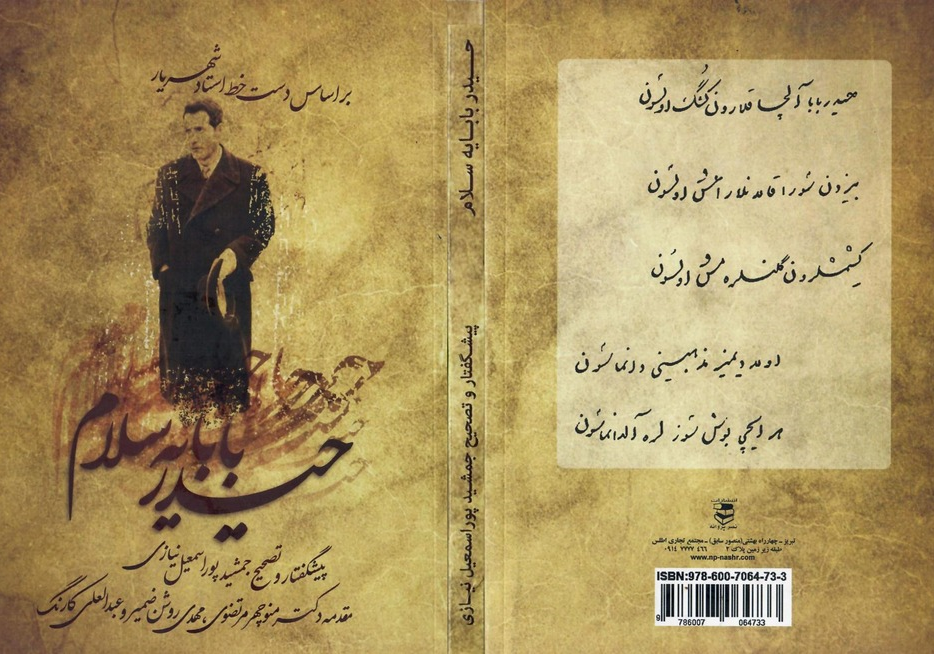

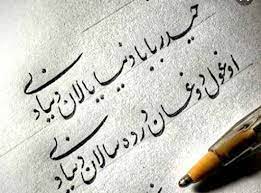
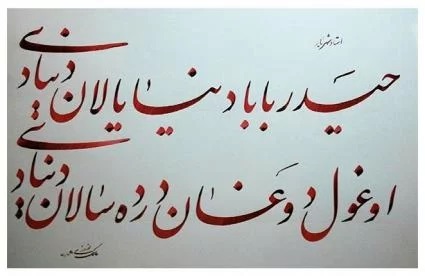




Choose blindless
Red blindless Green blindless Blue blindless Red hard to see Green hard to see Blue hard to see Monochrome Special MonochromeFont size change:
Change word spacing:
Change line height:
Change mouse type:



